Dental implants supporting dental prostheses provide the best solution for replacing missing teeth or filling gaps in the mouth. Implant surgery is critical for stopping bone deterioration in the jaw and restoring proper chewing, speech, and oral/facial balance. Thanks to progress in dental implant materials and techniques, implants made of biocompatible metals like titanium can last a lifetime.
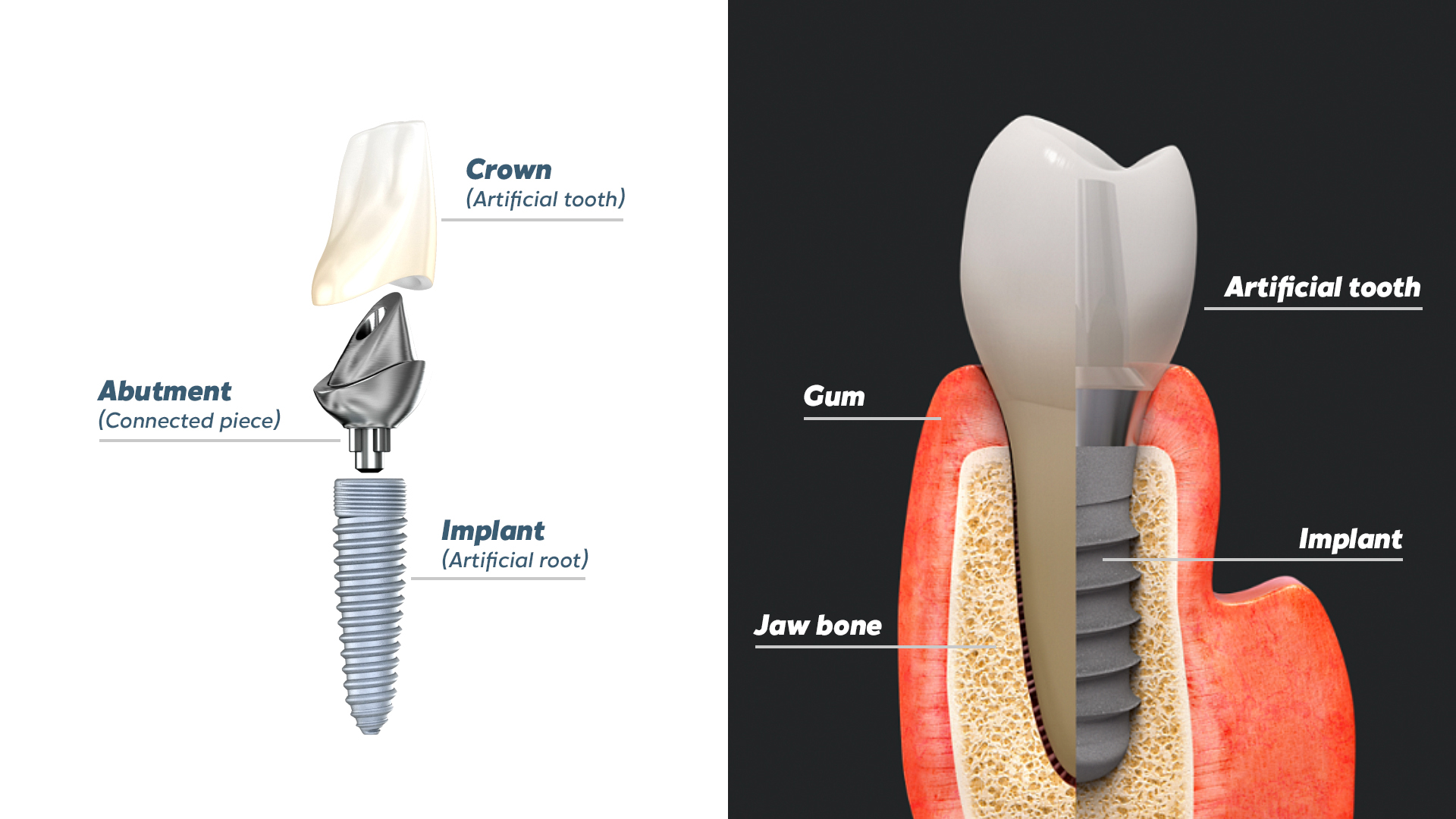
Several types of dental implants are available, and the implantologist chooses the best option based on the implant site, bone condition, and dental history. Most implants inserted into the jawbone’s alveolar ridge area range from 10-15mm long. However, basal implants ranging 30-50mm long are placed deeper into the cortical jawbone. Basal implants suit patients with no remaining teeth and insufficient bone density for regular implants, who cannot or prefer not to wear removable dentures. Other techniques like bone grafting may be better options, with basal implants as a last resort for those unable to get grafts. But patients should understand the pros and cons of all treatment alternatives for their situation.
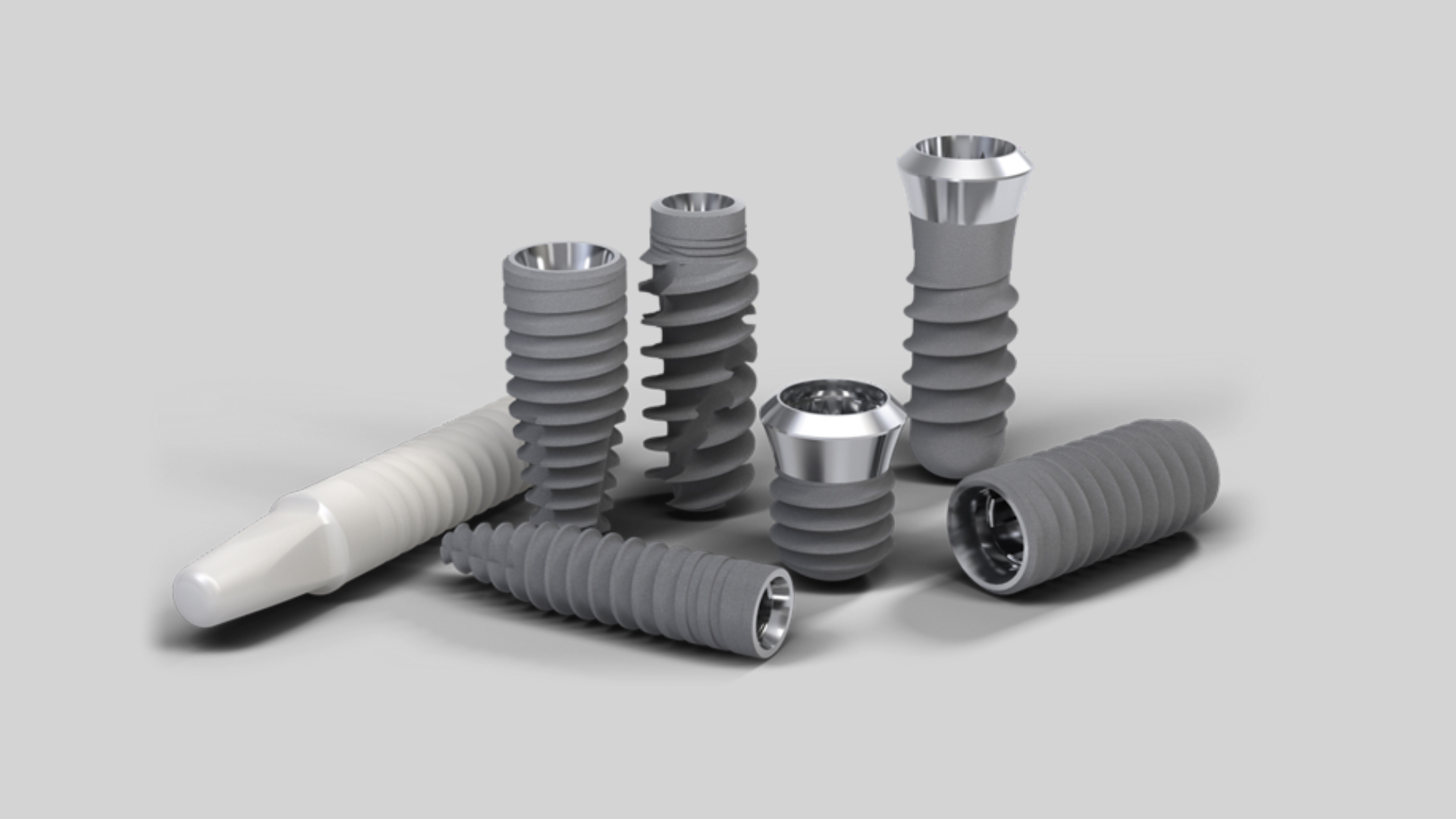
The classic implant: a tried and tested choice
Dental implants were first developed in the 1980s and have benefited from over 50 years of advancement in technology and medicine, with continual improvements to patient comfort and oral health. This progress traces back to a Swedish researcher, Per-Ingvar Brånemark, who, in the 1950s, discovered that titanium can integrate with living bone without rejection, becoming part of the body’s structure.
A dental implant is a titanium screw fused into the jawbone, replacing the root of a missing tooth. This durable anchor serves as the base for a crown, bridge, or fixed prosthesis that permanently restores the form and function of the natural tooth. The implant procedure is minimally invasive, using only local anaesthesia in most cases. The implant is positioned precisely to support the artificial tooth in alignment with its neighbours.
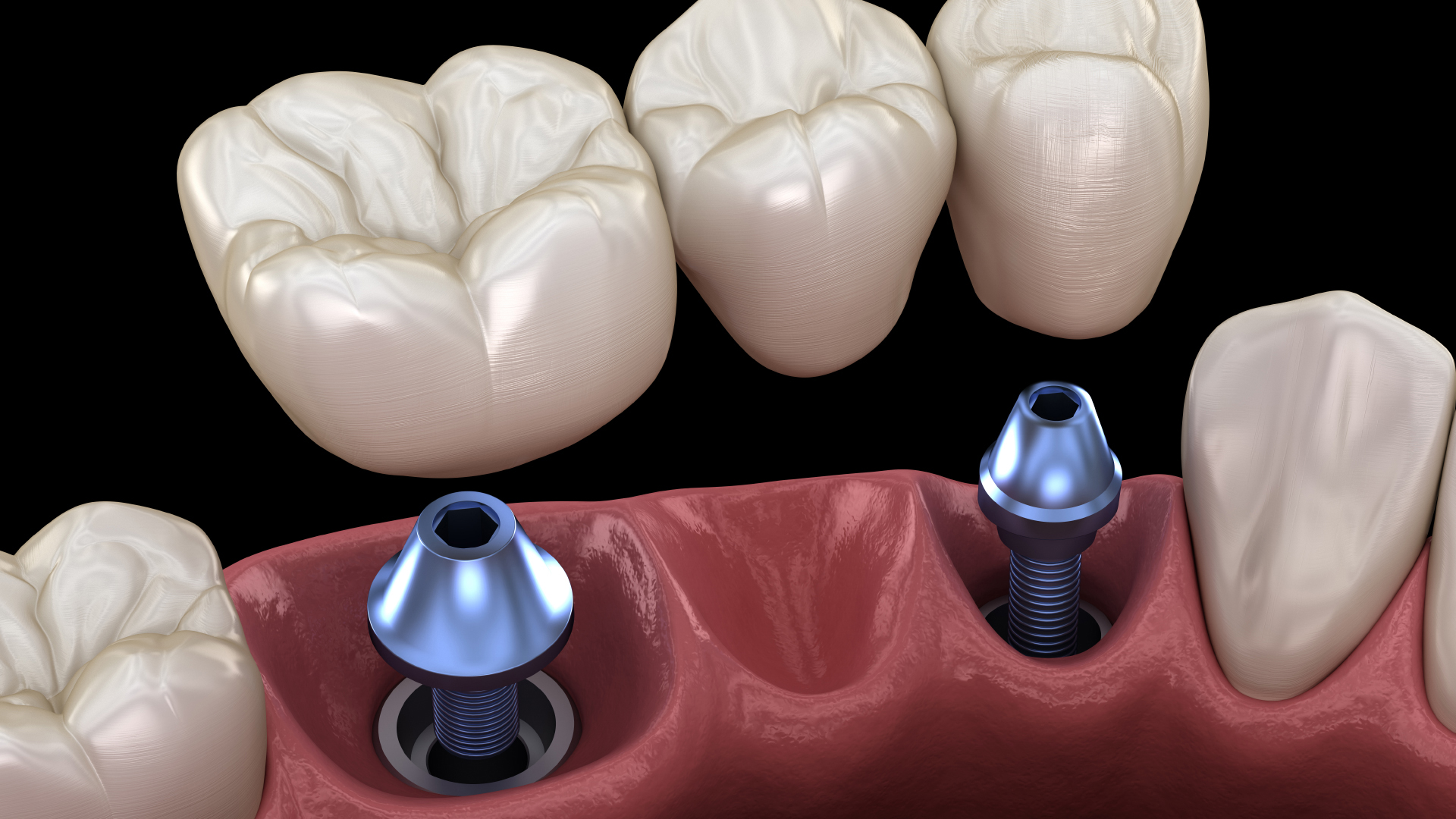
Integrated into the jawbone, implants provide stability and chewing force equal to or greater than a natural tooth, with pressure distributed evenly to surrounding teeth and gums. Implants accommodate fixed and removable prostheses more comfortably and reliably than non-implanted options. They also help maintain bone volume and prevent erosion at missing tooth sites.
Dental implants can provide replacement of a single tooth (via a crown), multiple teeth bound together (via a bridge), or support entire fixed prostheses like the All-On-4 or All-On-6 solutions to replace a whole set of teeth. A healing period of two to three months between initial implant placement and final fitting of the prosthetic teeth allows complete integration and fusion of the implants into the jaw bone structure through osseointegration. During this waiting period, temporary prosthetic teeth are provided to enable the patient to eat normally while the implants stabilize.
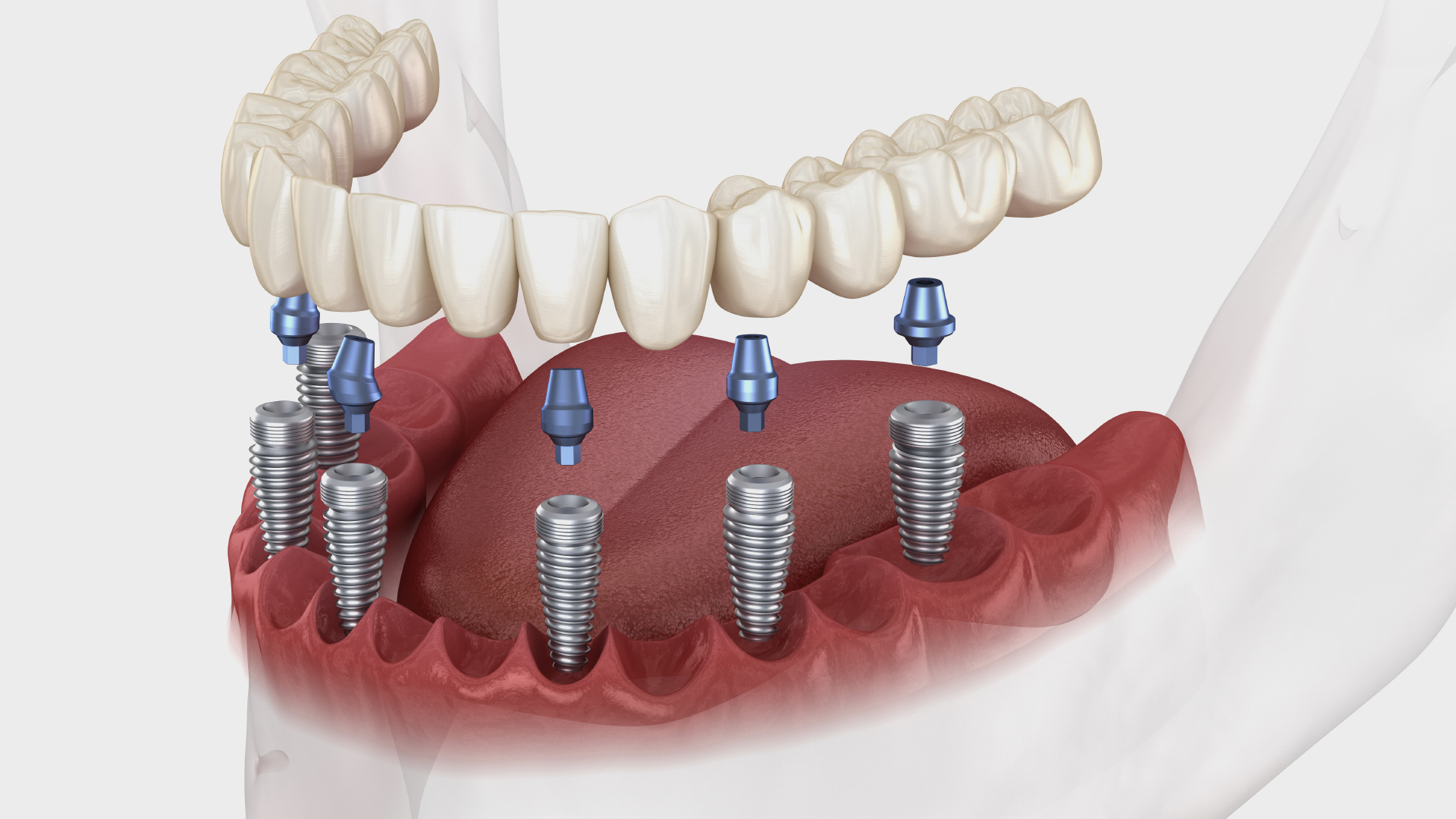
By selecting high-quality implants and having them placed with precision by an implant surgeon with extensive experience, dental implants can offer remarkable enduringness and longevity. Adhering to a nutritious diet (avoiding sugar-laden drinks and smoking) along with diligent oral hygiene will prolong the lifetime of a dental implant. However, the visible crown portion may necessitate replacement after a span of several years due to accumulated wear and discoloration, without impacting or needing to replace the anchoring implant itself.
Integrated into the jawbone structurally similar to a natural tooth root, implants provide an exceptionally stable and robust point of attachment for artificial teeth, enabling chewing force and pressure absorption capabilities matching or surpassing that of original teeth. The implants transmit and distribute forces and pressure optimally across the neighbouring teeth and gums. Dental implants can accommodate both fixed and removable prostheses with greater comfort, reliability and discreetness compared to non-implant-supported prosthetic options which rely on adhesives or enamel erosion and bonding techniques. The implants assist in maintaining necessary bony volume around the tooth sites, preventing shrinkage within gaps from missing teeth and avoiding further degeneration. Patients can thus regain more complete facial contouring, smile form and bite functionality – restoring esthetic and physiological balance. Though implants carry a high upfront cost, they confer lasting solutions with teeth replacement.
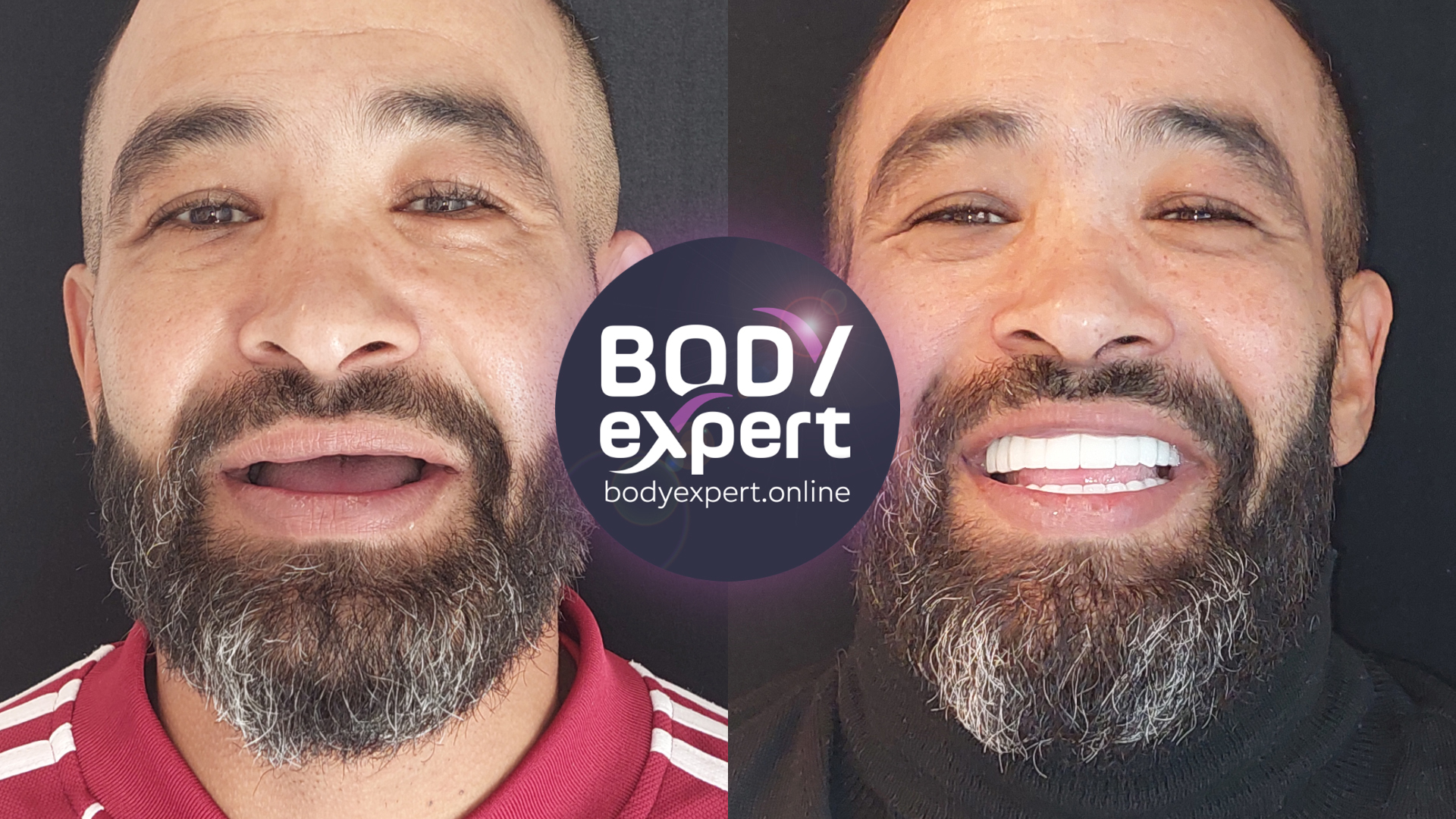
The basal implant: a controversial alternative
The basal implant was originally developed to provide an implant solution for patients with jawbones too thin for traditional implants. It was created to compensate for bone loss in cases of severe atrophy. However, thanks to advances in bone grafting techniques, the basal implant is now used less frequently as grafting can build up thin jawbone to accommodate conventional implants.
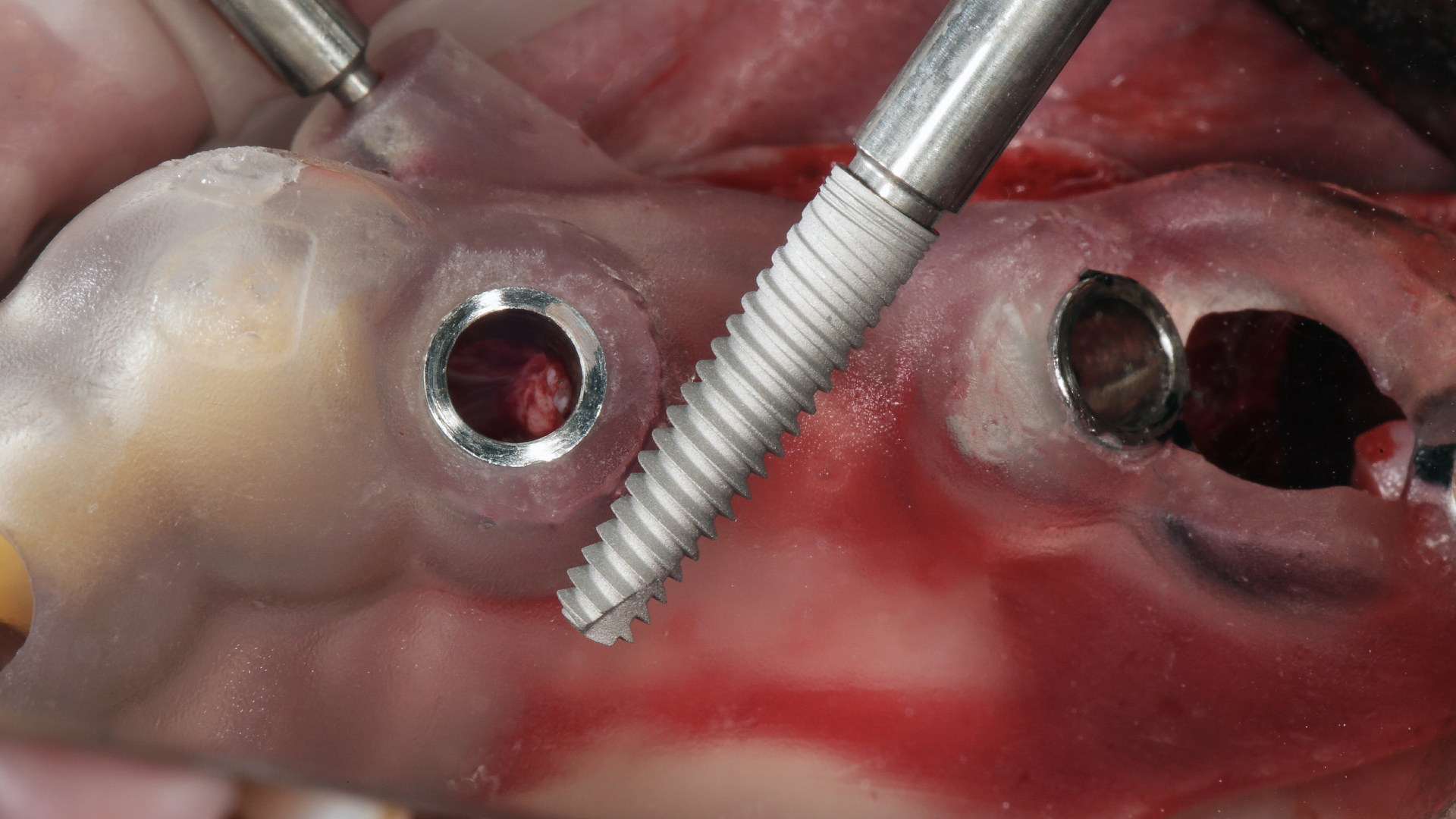
The name “basal implant” refers to the fact that it is implanted into the basal or cortical bone, the hardest outer layer of the jawbone. Unlike a conventional implant which integrates with the spongy bone, the basal implant is screwed directly into this mineralised portion for retention. Its principle relies on immediate loading – while a standard implant takes time to osseointegrate with the spongy bone, the basal version achieves initial stability through threads fixed in cortical bone. Therefore, the basal implant must be placed and restored with a temporary prosthesis in one session. This provisional prosthesis facilitates chewing function across the jaw during healing. The permanent prosthesis is only fitted 3-6 months post-op, allowing time to ensure the basal implant has integrated fully without bone loss or soft tissue inflammation.
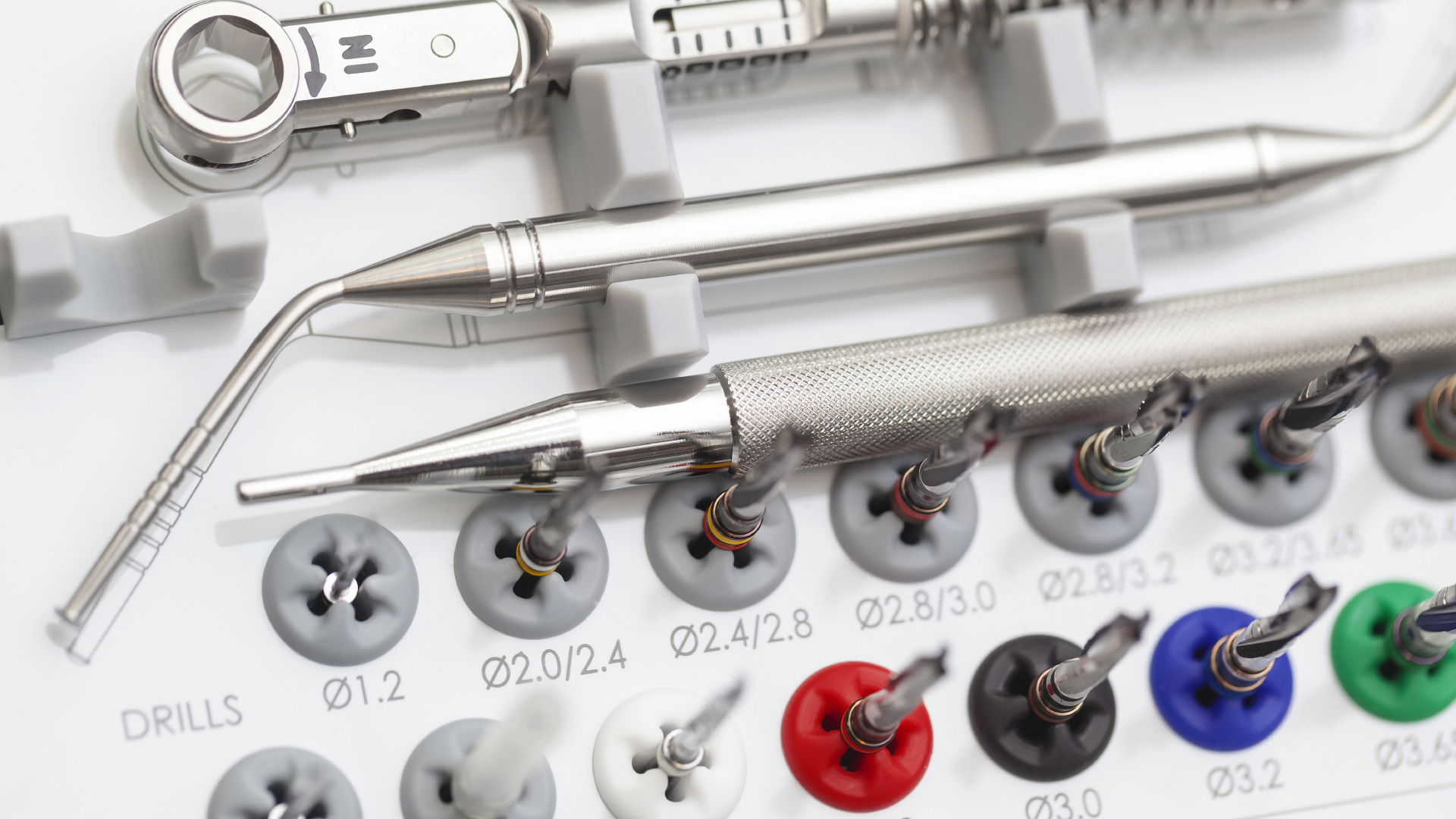
Basal implantology targets patients with severe maxillary atrophy – less than 5mm of available bone for full or partial tooth replacement using implants. The basal implant serves as an alternative to extensive bone augmentation or in graft failure cases. Placement requires maxillofacial surgical expertise.
There are two basal implant types. The straight cortical version is long, targeting the cortical jawbone layer directly. The angled zygomatic option is long and screwed into the cheekbone instead, making it an option when the maxillary sinus floor is too low for sizable sinus lift bone grafts. Both aim to avoid grafting procedures through strategic fixation in basal facial skeletal bone for patients with extremely resorbed maxillas in need of complete dental rehabilitation.

Some dental practices recommend basal implants for patients with severe bone deficiencies as an alternative to removable dentures. Unlike conventional implants, basal implants allow immediate loading with a temporary prosthesis attached to the implants. This avoids the typical 6-month osseointegration waiting period. However, there is still a 4-6 month gingival healing and inflammation settling period following the initial surgery before these provisionals can be replaced with permanent porcelain or zirconia teeth. So while initial teeth are provided quicker than removable options, patients undergo a second procedure to finalize the restoration once soft tissues have stabilized.
Risks of basal implants
Basal implants are theoretically considered safer than traditional implants, as they are placed more profound in the bone. However, many international experts and specialists, including the implantologists at Body Expert, recommend their use only as a last resort in cases of major facial reconstruction or atrophied jaws. The procedure is more invasive; the prosthetic part is placed in an open wound, and the lack of a healing period before loading can compromise osseointegration. Above all, many cases of infection, chronic sinusitis, nerve damage, gingival recession or rejection of the implant have been observed a few years after fitting. All these problems occur very rarely with conventional implants.
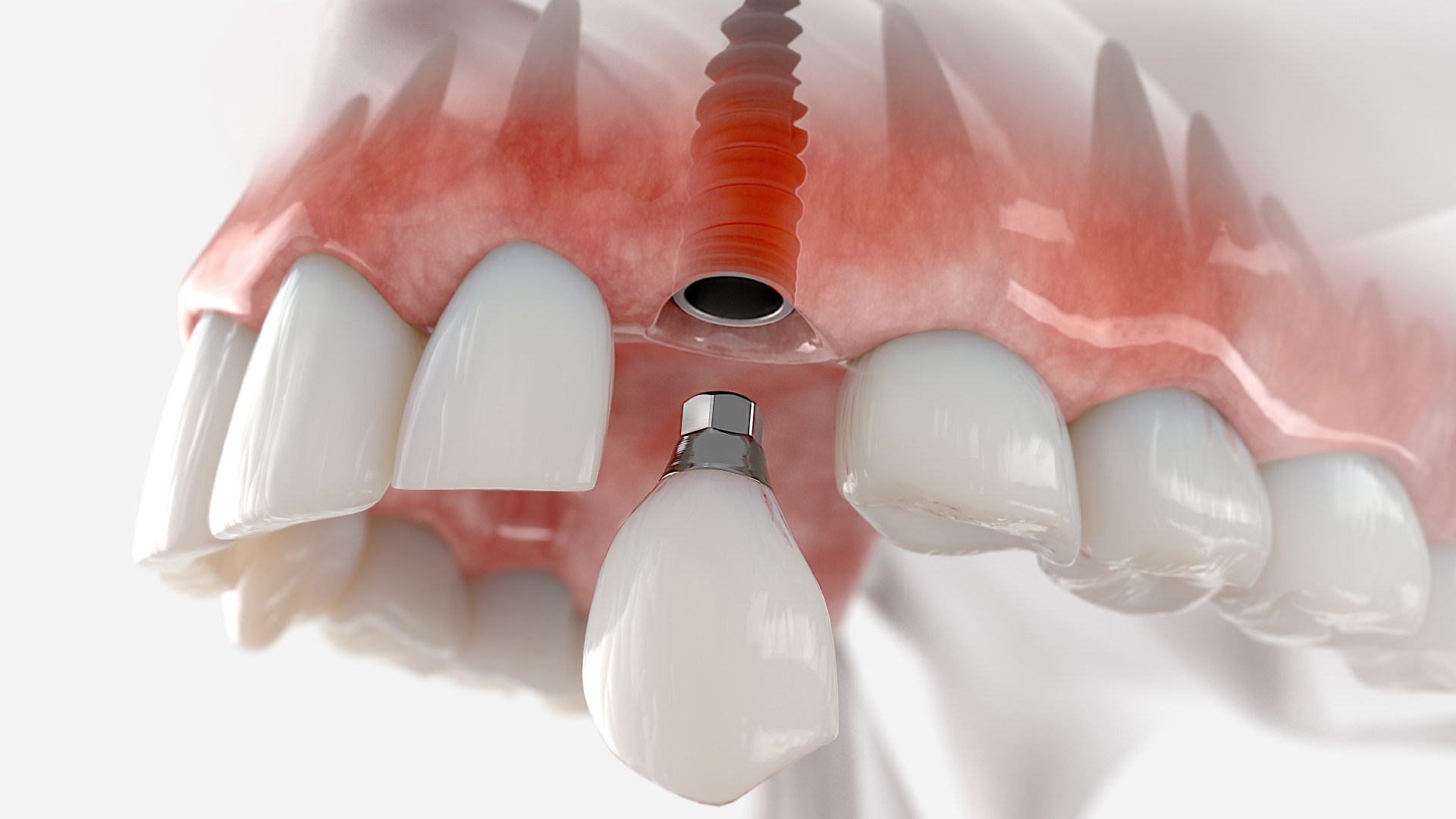
They are even less recommended because removing a basal implant is much more complex than a standard implant in the event of implant failure. In addition, the basal implant offers far fewer prosthetic options. As the basal implant and its abutment form a single piece, changing the prosthesis without weakening the implants or surrounding bone mass is much more challenging.
For all these reasons, the basal implant is banned in Germany, Sweden and Hungary and is no longer used in most European countries. However, a total ban within the European Union has not yet been decided.

23701 vues
2 commentaires
0



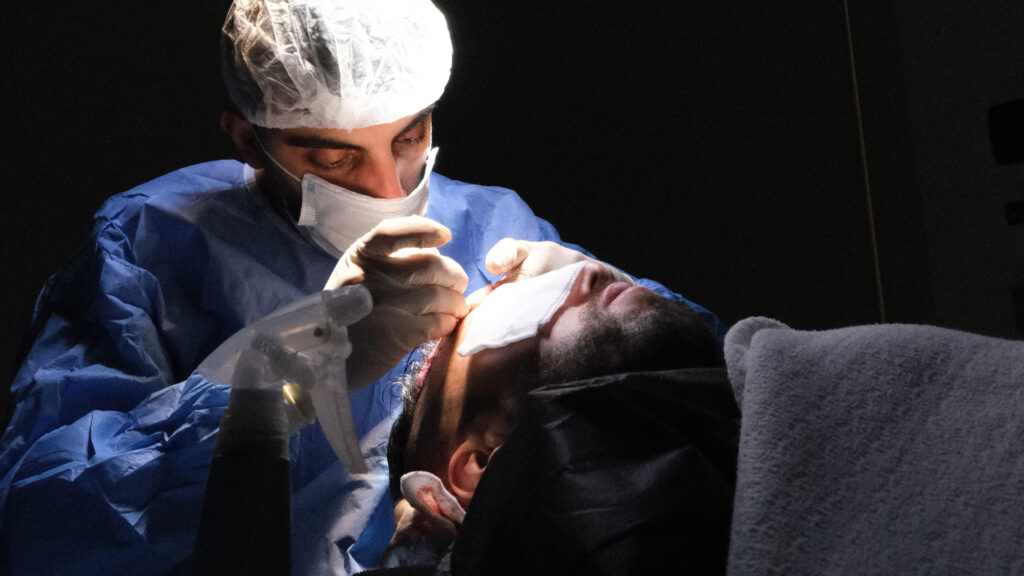


2 Commentaire(s)
I need full mouth construction with a teeth implant. Is it possible to fet Basal implant in Turkey .
What is the cost involved. PLease advise : I am 66 yr retired paediatrican in UK
I have been advised bone augmentation and sinus lift in UK detist which I am afraid offf and heard that it is not needed
Hello and nice to meet you ????
we have taken good note of your message and one of our customer assistants will contact you and will be your intermediary to have a preliminary study visit carried out with our experts in order to provide you with all the necessary information.
Good evening to you ????